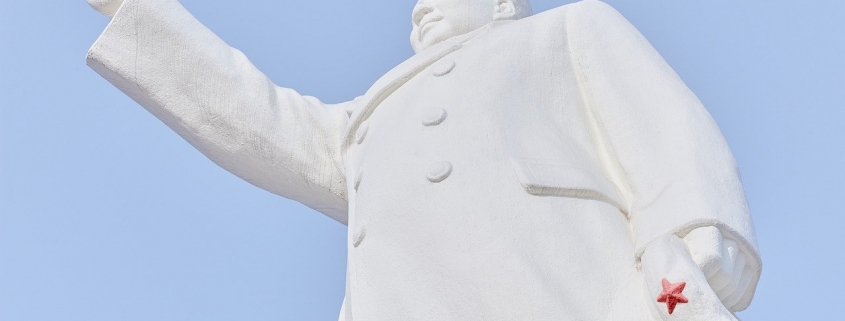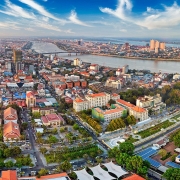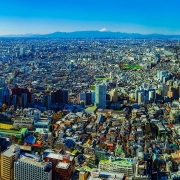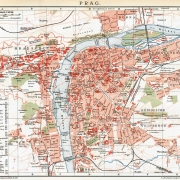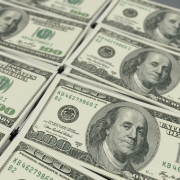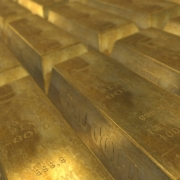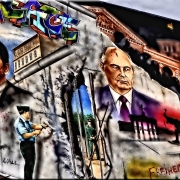What was the Cultural Revolution?
Topic of Study [For H1 History Students]:
Section B: Essay Writing
Theme II: Cold War in Asia [1945-1991] – Superpower relations with China (1950-1979): Sino-Soviet relations
Context: An ideological split
Before the Chairman of the Chinese Communist Party (CCP) Mao Zedong declared the start of the Cultural Revolution, the rising Communist power clashed with the Soviet Union. In particular, Mao disagreed with the Soviet leader Khrushchev’s policy of ‘de-Stalinization’ in 1956, fearing that the latter’s reforms may jeopardize the global Marxist movement. From then on, Mao criticized Khrushchev as a ‘revisionist’, revealing signs of a Sino-Soviet split that characterized bilateral relations of the two Communist powers in the 1960s.
The Chairman turned against Khrushchev’s de-Stalinization more decisively than ever before: “[Stalinism is] just Marxism . . . with shortcomings.” He continued: “The so-called de-Stalinization thus is simply de-Marxification, it is revisionism.” Finally, the Chairman maintained that the Chinese comrades, “unlike some people who have tried to defame and destroy Stalin, . . . are acting in accordance with objective reality.” It was the first time that Mao clearly distinguished between the views of the subjectivist revisionists in Moscow and the objective Marxists in Beijing.
An excerpt from “The Sino-Soviet Split: Cold War in the Communist World” by Lorenz M. Lüthi.
A decade-long revolution: Eradicating dissent
In the 1960s, Mao bore rising concerns with the bourgeois culture, which he perceived as as threat to the Chinese society. Mao viewed intellectuals and individuals that were supportive of the West as enemies of the Communist Party.
In January 1965, Mao established the ‘Five Man Group’ (文化革命五人小组) with Peng Zhen (彭真) to oversee the Cultural Revolution. However, Mao dismissed Peng Zhen and the rest of the Group. Notably, the publication of a circular on 16 May 1966 marked the start of the Cultural Revolution.
Peng Zhen had no discussion or exchange of views at all within the Group of Five. He did not ask any local party committee for its opinion… and still less did he get the approval of Comrade Mao Zedong. Employing the most improper methods, he acted arbitrarily, abused his powers [and] issued the outline report to the whole party…
… Those representatives of the bourgeoisie who have sneaked into the party, the government, the army, and various cultural circles are a bunch of counter-revolutionary revisionists. Once conditions are ripe, they will seize political power and turn the dictatorship of the proletariat into a dictatorship of the bourgeoisie.
An excerpt from the May 16th Circular, 16 May 1966.
The ‘Four Olds’
The Red Guards were formed to carry out Mao’s Revolution, comprising of radical students and officials. His aim was to eradicate the ‘Four Olds’ – old ideas, old customs, old culture and old habits (四旧 – 旧思想, 旧文化, 旧风俗, 旧习惯). From the mid-1960s to 1970, numerous party leaders were imprisoned, including the Chinese President Liu Shaoqi (刘少奇). Additionally, schools were forced to shut down. Cultural influences deemed too oriented to the West were also being suppressed.
The four olds embraced symbols of China’s traditional, premodern society, such as artworks celebrating Confucian elitism. These were roundly denounced as “feudal” at a time when the old society was still a memory for many, and its visible heritage included not only classical paintings and string-bound books but also elderly ladies with bound feed. The savagery of this aesthetic response to Mao’s call for Cultural Revolution is perhaps best understood as youthful ignorance and bravado, mixed with a generalized anxiety that counterrevolutionaries wished to restore the old society.
An excerpt from “The Cultural Revolution: A Very Short Introduction” by Richard Curt Kraus.
On the other hand, the ‘Little Red Book‘ was promoted and distributed to the Chinese citizens. It served to strengthen his goal of creating a cult of personality, similar to Stalin.
End of the Revolution
In the early 1970s, the Cultural Revolution came to an end. The Sino-American rapprochement of 1972 had changed the Chinese government’s foreign policy stance towards the USA. By the end of the Revolution, the Chinese economy was severely damaged. The ‘Gang of Four’ (四人帮), which included Mao’s wife, Jiang Qing (江青), was blamed for the devastating effects of the Cultural Revolution.
What can we learn from this article?
Consider the following question:
– How far do you agree that Mao Zedong was responsible for the developments of the Sino-Soviet relations?
Join our JC History Tuition to comprehend the key events that shaped the Sino-Soviet split. The H2 and H1 History Tuition feature online discussion and writing practices to enhance your knowledge application skills. Get useful study notes and clarify your doubts on the subject with the tutor. You can also follow our Telegram Channel to get useful updates.
We have other JC tuition classes, such as JC Math Tuition and JC Chemistry Tuition. For Secondary Tuition, we provide Secondary English Tuition, Secondary Math tuition, Secondary Chemistry Tuition, Social Studies Tuition, Geography, History Tuition and Secondary Economics Tuition. For Primary Tuition, we have Primary English, Math and Science Tuition. Call 9658 5789 to find out more.

